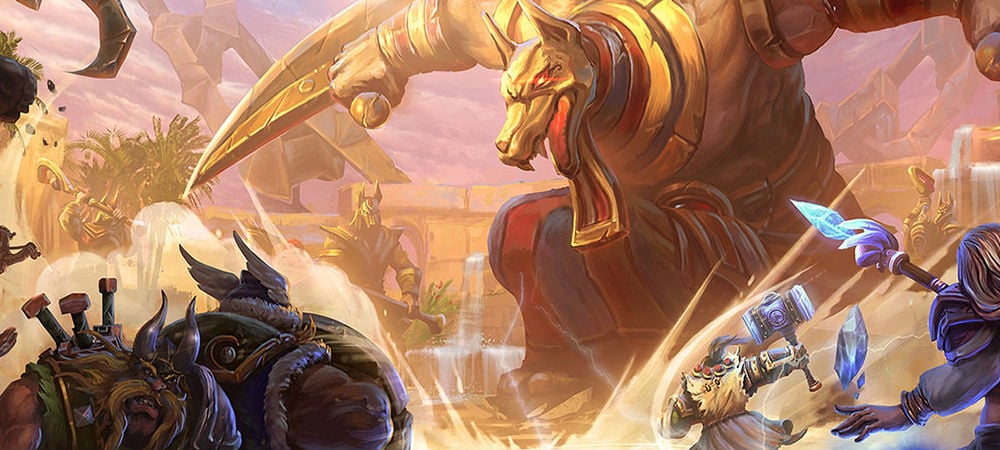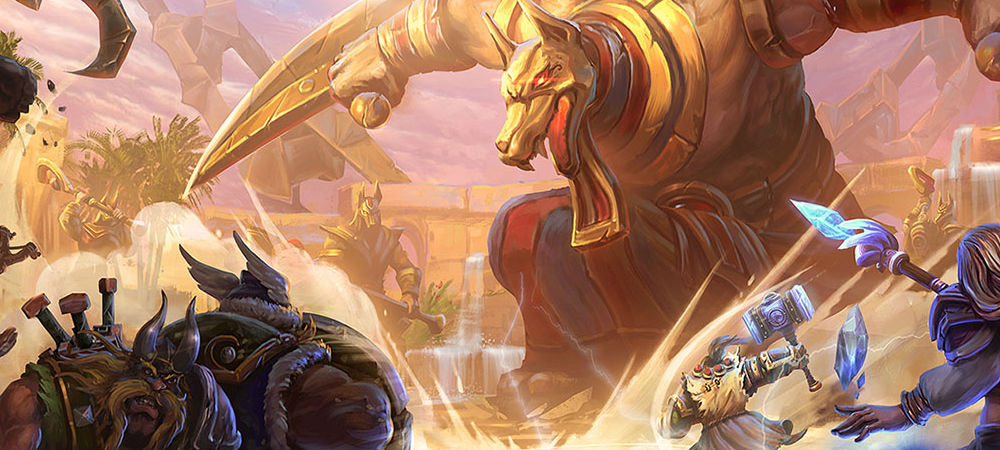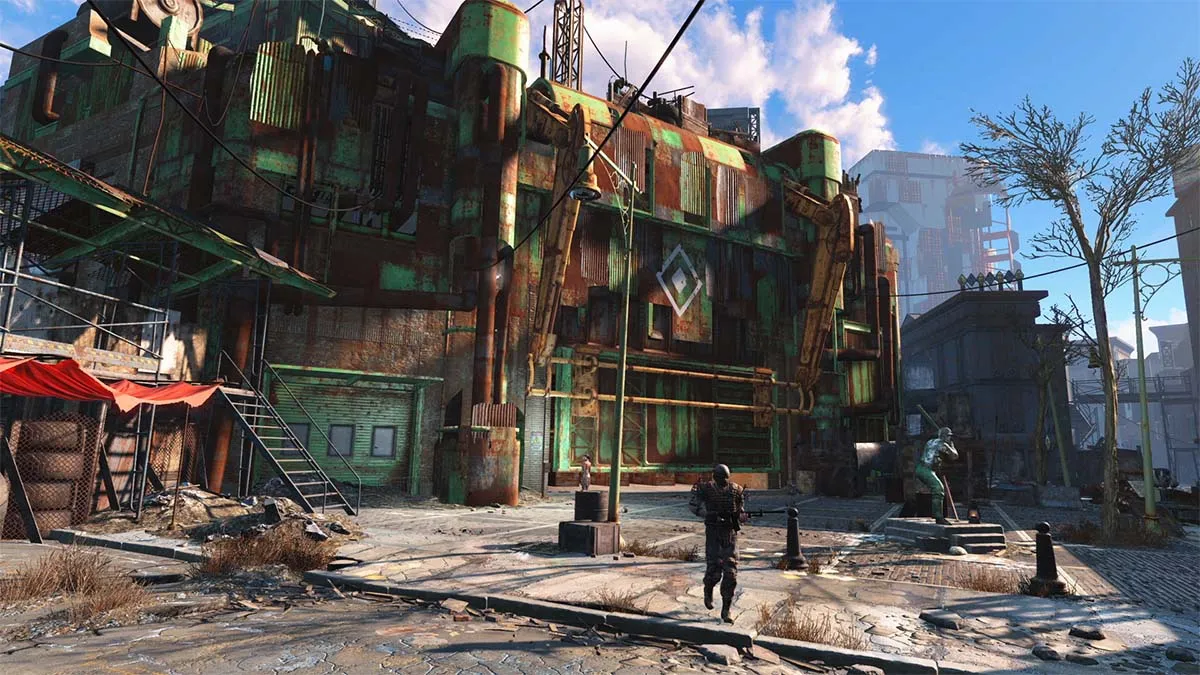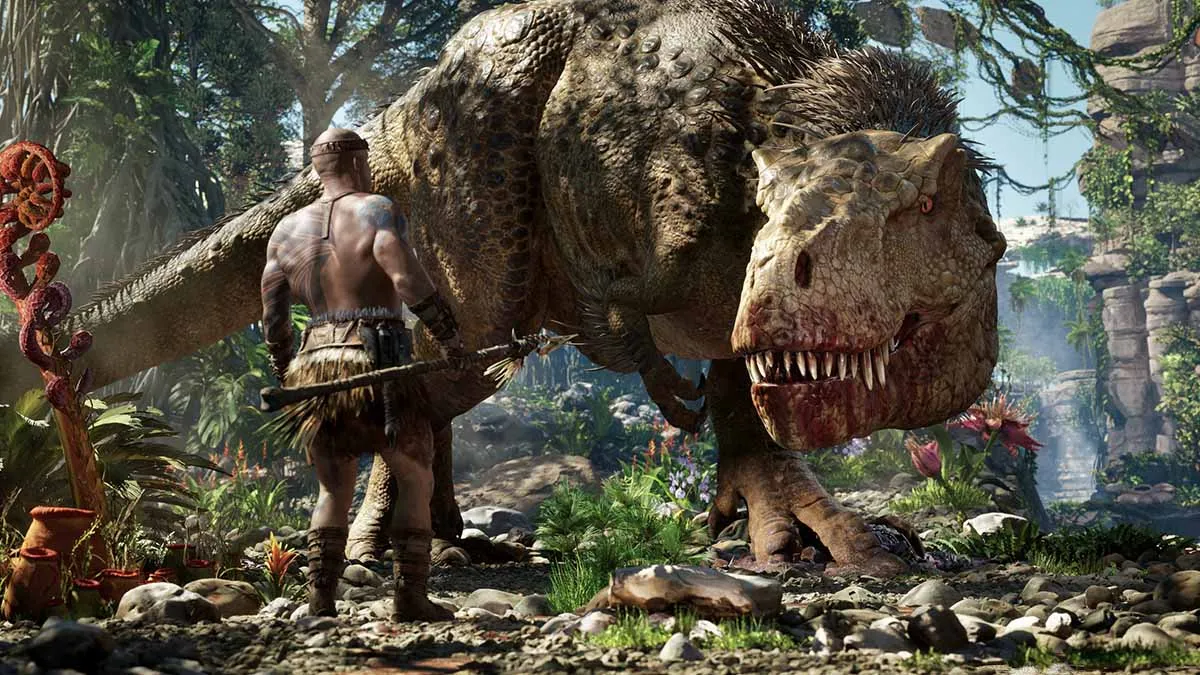My new go-to MOBA
When people hear the term “MOBA” they usually groan. I tend to respond with, “Tell me more.” I grew up with RTS games since I could grasp a mouse and keyboard, and my first MOBA was the original DOTA back in 2005. Over the years I moved on to many other games, dabbling in them, but mostly playing League of Legends semi-competitively by way of ranked games.
By and large, MOBAs cater to the hardcore crowd. They have advanced tactics like last-hitting, complex item builds, and feature lengthy matches with pinpoint mechanics. Blizzard’s Heroes of the Storm throws a lot of that out the window, and still manages to be a hell of a lot of fun while doing it.

Heroes of the Storm (Mac, PC [reviewed])
Developer: Blizzard Entertainment
Publisher: Blizzard Entertainment
MSRP: Free-to-play
Release Date: June 2, 2015
Fundamentally, Heroes is still very much a MOBA experience. It’s a five-on-five, top-down, click-heavy affair with various roles such as support, tanks, and DPS, and there’s a variety of different characters to choose from. To help break down the barrier to entry, Blizzard has made a number of concessions that set it apart from its competition.
Perhaps the biggest difference with Heroes of the Storm is that there are no longer items of any kind, and that’s something I’m really, really happy about. While I definitely appreciate the “me-too” nature of adding items to every new MOBA, as it did initially stem from the original DOTA (and by proxy, Warcraft III‘s shops), learning new item-meta in addition to every map and every nuance for each character can be taxing. I’ll often spend hours upon hours theorycrafting builds when returning to specific MOBAs just to figure out the best course of action, which can get tiring if you have to do it for every game. Potions have been replaced by healing wells, found at every fort checkpoint — making it even easier to get back into the action without any boring moments.
Now, there’s still plenty of theorycrafting to be had with Heroes of the Storm as characters do get the ability to choose between different abilities after hitting certain level milestones, but you don’t need to worry about that one extra crucial layer that can make or break a match. But without items, newer players will be able to pick up any hero and play. Builds are initially limited as you start to level-up within the game’s ranking system, offering only a few paths for heroes you’ve never played as before. It only takes a few games until everything is available though, and at player level 25 (a few days of heavy sessions), every skill will be unlocked automatically. In short, it’ll be very easy to come back to Heroes months down the line and learn new playstyles.
The open-ended build system is also great for another reason. Even if you don’t build the perfect group composition for any given team, all hope isn’t lost at hero selection. For instance, you can spec your support or tank characters into a more damage-centric role over the course of the game. Healers can spec entirely for damage if there’s multiple support members on the team, and warriors can go a more tanky route if there’s no one to soak up damage. It’s far more forgiving than most MOBAs, where you can get yelled at for picking a hero that doesn’t fit the current meta, much less your group.
Shared experience is the other huge mechanic that Heroes of the Storm is pushing. Basically, it allows everyone on the team to be on the same exact level as one another at all times. For example, you won’t have one master player who knows exactly how to lane amassing all of the XP on your team. Instead, the worst player is just as strong as the best one. I dig this system for multiple reasons. For one, it doesn’t discourage players from attempting to mount a comeback. While another team can still theoretically outlevel their opponents as a collective, everyone can now feel like they’re contributing without having fingers pointed at them.
The cast itself is also a huge draw, mostly because it calls upon the rich lore already established in the Warcraft, Diablo, and StarCraft universes. There’s not much backstory in terms of the world itself (unlike Riot Games, which does a fantastic job of keeping its lore interesting and fresh), but each hero has a ton of personality to make up for it. Old familiar characters like Thrall or Raynor have a lot of the same icons and skills from their respective games, as well as updated designs and sound effects. It’s a joy to play as Nova and hear the classic StarCraft Ghost phrases, running up against the Lord of Terror himself, Diablo.

It sounds hyperbolic, but I really do like playing as everyone (the only hero I straight-up don’t like is Tychus), and there’s more than enough variation to keep everyone entertained. Abathur, for instance, is a character that doesn’t directly fight on the battlefield, but instead hitches a ride on other heroes (as well as towers and creeps) to do battle in the form of a sentient spirit of sorts. The Lost Vikings are a lot like Meepo from DOTA, in the sense that they’re actually three different units that can be controlled independently, all in different lanes if you can handle it.
There are plenty of more traditional platstyles available, as well as more unique choices like Zagara, who summons minions from StarCraft and can create creep (that barren-esque Zerg terrain) to buff herself. Other characters like Ghost and Zeratul can go stealth to pick off enemies. Sylvanas can disable towers or creeps by attacking them. Uther can heal for a short time after his death. You’ve seen some of these mechanics before in the genre, but the way each style plays out is unique to Heroes.
If you’re bored of playing the same exact five-on-five, three-lane map over and over in every game, Heroes can offer some respite. There’s tons of maps to learn (seven in all at launch, with another Diablo-themed map in development), all of which have objectives built into them. These mini-quests range from collecting coins to pay a ghost pirate to blow away an enemy base, or defending a circle that shoots lasers at opposing forts.

While a lot of folks likely won’t enjoy the fact that a team can come back and win because of these events, they’re actually just a more streamlined and flashy way of handling the Dragon and Baron Nashor objectives in, say, League of Legends. They’re also designed to expedite matches — an average Heroes game is usually 20 minutes, which is a stark contrast to 45-60 minute matches elsewhere. It’s a great philosophy, as one of the common genre complaints is the fact that games take forever. The less Blizzard copies the status quo, the better.
Heroes of the Storm also provides a more relaxed environment in general. There’s far less pressure in unranked matches (as there should be), and there’s even an option to turn off allied chat, thus avoiding taunts from angry players — instead, you can rely on the fairly extensive pinging system on the mini-map to communicate. “All” chat is also entirely disabled, so you won’t hear enemy trash-talking either. There’s a few bad apples here and there, but in my experience, this is by and large the most welcoming MOBA community. This should help alleviate a lot of the concerns people have in regards to starting up the genre.
For those of you who are more competitive, there is a ranked option called Hero League. There’s no bans currently, but you can solo or group queue for it, and hero selection is done by a “draft” style format, where players switch off selecting characters. From what I’ve played of ranked, the community is just as understanding and helpful, and in every lobby I’ve been in, players have suggested picks for inexperienced folk and adjusted their picks to help the team. At the highest player rank there’s also a team Hero League option for all five players to enter. Currently, the ranked system needs a bit more work in terms of the infrastructure behind it. Blizzard has noted that it is building a system in line with Hearthstone‘s ladder rankings, but top-tier players will require a lot more to keep playing.

In terms of monetizaton, Heroes is roughly on par with League (which is fine by me), but with a slightly lower earn-rate for in-game currency. Yes, it’s awesome that Dota 2 has all of its heroes unlocked from the start, and I wish we could have that strategy implemented in every MOBA. But the reality is, Blizzard has created enough avenues to earn gold, and the free-to-play rotation every week will still allow you to play every role and get the full Heroes experience.
To earn gold, you can complete daily quests, which will net you around one character per month (depending on the price). By playing frequently, you’ll earn gold inherently through completed matches, and by leveling up heroes, you’ll earn a nice gold bonus at specific ranks. It’s not really hard to do any of these tasks — they merely require you to play heroes from specific franchises, roles, or play the hero itself a certain amount. There’s also a few bundles, including a $20 physical boxed set at launch, that provide a large number of characters. A handful of heroes are also very cheap, to the point where you can buy a few after only a day or so of play.
Ever since the beta, I’ve always had a reserved take on Heroes‘ economy. In short, it’s a bit too conservative in terms of rewards, and Blizzard doesn’t put out nearly enough sales (the weekly is usually just a middling one character). That could change over time, but for now, I would like to see a higher earn-rate overall. The good news is that all real-money purchases are just that — real-money, with dollars and cents. You don’t need to wade through and calculate “Riot Points” to figure out how much something costs. Skins are only available for purchase with real cash, which doesn’t really bother me as they are a completely optional affair. Plus, when you see how much work goes into making a skin, the prices feel justified, especially when they’re on sale.
Heroes of the Storm has unfairly been branded as a “just a casual game” due to the removal of many tried and true MOBA mechanics. With over 100 hours of play under my belt, I can say with authority that those claims are untrue. Heroes has a ton of depth, it’s very well balanced (though not perfect), and nearly every cast member is a blast to play. It achieves almost everything it sets out to accomplish, so I really hope it catches on with the non-believers and continues to grow.
[This review is based on a retail build of the free-to-play game, but Blizzard provided us with 60,000 gold to spend in the shop. A $20 retail starter pack was purchased by the reviewer. I am currently player level 40, the maximum.]





